Liar’s Bar is a surprisingly intricate multiplayer game. It has a lot of moving parts and moves at a quick pace for a game that seems as simple as it does, and ‘learning’ the people you’re playing against is going to be just as important as understanding every mechanic in each of the games themselves.
There are two different games in Liar’s Bar and some different variations on those, as well. Some of these tips will apply to both game modes, while other tips are going to be more specific and be for a specific mode or variation.
Liar’s Bar is currently in Early Access – the details below may change over time.
Play Unpredictably
In a game like this where the intent is to lie and you’re playing against real players, there is not going to be any one-size-fits-all meta. Because it’s a game where lying pays off, there literally cannot be; the moment a meta gains popularity, people will begin expecting it, and it will suddenly be the least viable play.
The only real meta for a game like this would be to play unpredictably. If you take no other advice from this guide, just know that you’re playing the other people at your table more than you’re playing the game. If they can’t be sure what you’re thinking, they can’t make intelligent plays against you.
Study Your Opponents Throughout The Round
The above tip is not going to be something that every play keeps in mind. Some people are going to have certain consistencies, certain things they do in some situations more than once. It can be difficult in a short game like this, but do your best to study what people are doing and plan accordingly.
But, studying opponents too closely can lead you into traps. Players will do certain things consistently early in the game, to set up doing the opposite later on. If you anticipate this correctly, you can swap what you’re expecting from them right as they swap their gameplan.
Pay attention to your opponent’s head movements. Many players use the head movement for comedic effect, but it can be used to discern information, as well, particularly against less experienced players.
Count Cards
Counting cards is going to be one of the most important things to do in Liar’s Deck. In a regular or Devil’s game, there are six of each card type and two Jokers. That means, on any type of table, there are eight possible truthful card plays, and twelve false ones.
If you know how many of the right card type (plus Jokers) you have, you know how many are out in the wild. If you’ve got three Kings and a Joker on a King’s table, you can be reasonably confident that someone betting three Kings just before you is lying. It’s always possible that they’re telling the truth, but it’s a game of odds, and they would be in your favor.
Start High In Liar’s Dice, Save Cards In Liar’s Deck
Liar’s Dice is the game that gives the players a little bit more control over the course of the game than Liar’s Deck. In Liar’s Dice, another player has to either increase your dice bet, or else match it on a higher dice value. If you roll a good combination of dice, you can put the person that comes after you in a difficult position.
If you roll three sixes yourself and there’s a full table, for instance, you could bet five sixes, and be reasonably confident that there are two sixes out in the wild. The next person has to decide whether they think you’re bluffing, or make a very high bet on their play.
In the case of Liar’s Deck, if you can skate one or two lies past an opponent in the early round, you could save two or three truthful cards for one big play at the end. If they don’t call you on it, you survive the round. If they do, they have to play roulette. Either way, if you kept a big play for the end, you’re in good shape.
Save The Devil For The Middle Of The Round
In the Devil variation of Liar’s Deck, the Devil is a card that, if someone calls it as a bluff, forces everybody but the person who played it to play roulette. You can only play this card on its own.
Many players start the round of Liar’s Deck by betting one card at the start. It’s pretty even odds with most players whether this is a buff or the truth, and many people don’t challenge the first play. This would make playing the Devil Card on the first play a bit of a waste, in many situations. Save it for your second (or third) play that round, and people are much more likely to walk into the trap.
As with all advice here, if you catch an opponent with this a couple of times, it’s worth switching up your tactic and doing the opposite of this advice later on. But in the early going, this is a good way to get all of your opponents a couple of roulette plays down.
Be Bold On Bad Hands, And Timid On Good Ones
Sometimes, you’re going to have a bad hand or roll some bad dice, and sometimes, the opposite is going to be true. If you always play bold on a big hand and timid on a bad hand, it’s going to be pretty easy to tell in the early round what you have. Sometimes it’s worth going easy on a good hand, and making a big play on a bad hand.
On a bad hand, this, at the very least, sets up an opponent to make the wrong call against you in the future. Best case scenario, they assume you’re telling the truth, and you get away with a bold claim.
On a good hand, if you play it slow, you’re going to be still playing truthfully later in the round. The opponent will have to make multiple judgment calls against you in a row, and the odds of them making a mistake go up the more decisions you force them into making.
Be More Aggressive Late In Liar’s Deck
Later in Liar’s Deck, the odds of someone losing a round of roulette go up dramatically. This increases the value of playing aggressively against opponents. Play it safe in the early going, do everything you can to build up a lead and not play roulette early on.
Later, make some big plays. Bet a few cards at a time, sometimes truthfully and sometimes lying, and call lies a bit more often. If you’re right, the odds of your opponent losing a roulette are pretty good, and you have good odds on early roulette plays.
Be Patient
Liar’s Deck and Liar’s Dice can both be fairly long games, depending on how they play out. It can be easy to get impatient and go for the figurative killshot at a certain point, but playing like that can lead you into blunders.
Play patiently. If you play smart, read your opponents, and stay unpredictable, you have a good shot at sticking around longer than they do. In Liar’s Deck, this can be a little bit harder to pull off, because you could always die on your first roulette play.
But in Liar’s Dice, you die after taking two shots of poison; there are no random odds that decide your death, there. If you can keep out of the spotlight and let your opponents whittle themselves down, you have a very good shot at coming out on top.
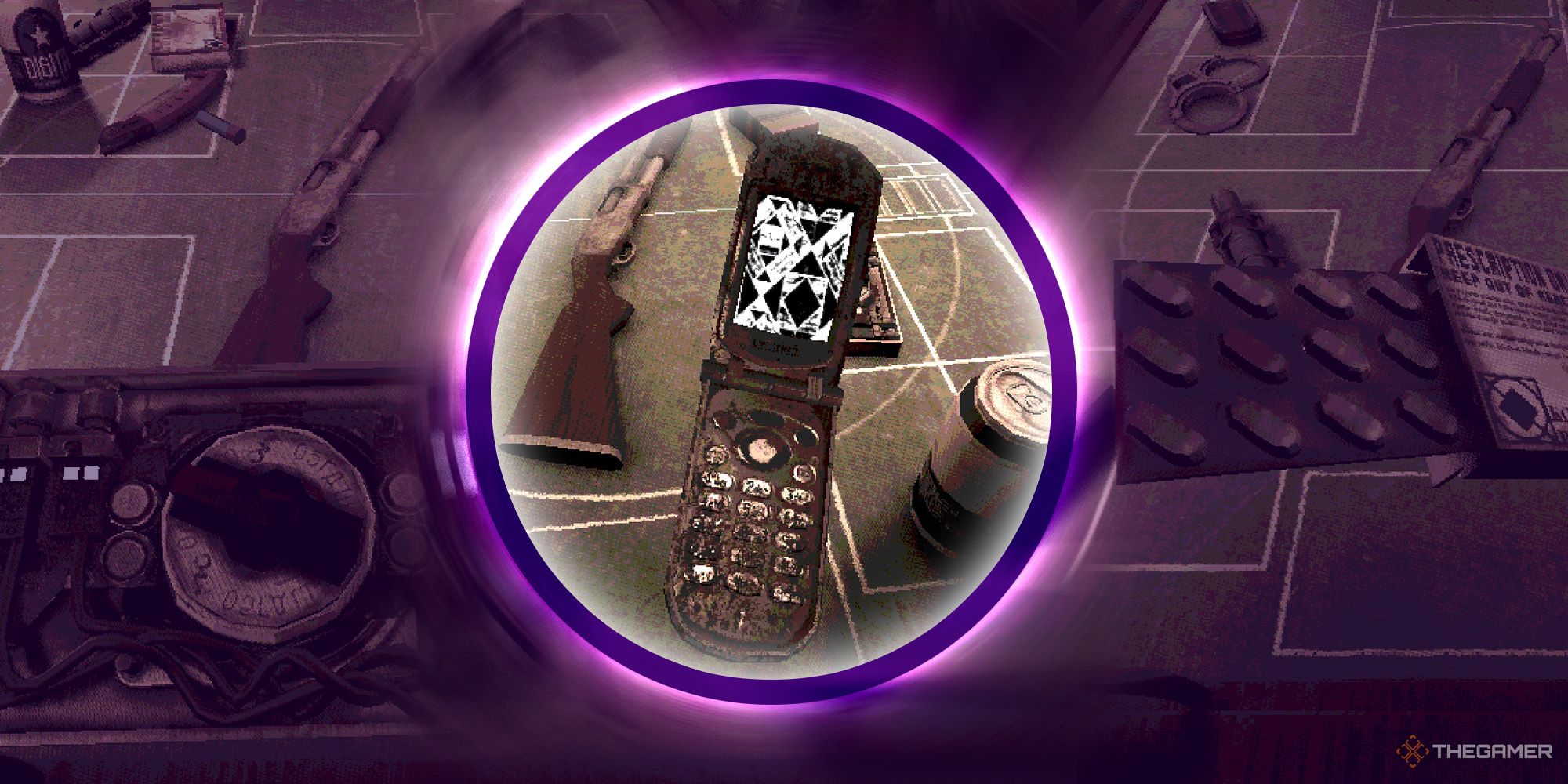
Next
Buckshot Roulette: Every Item, Explained
Playing this deadly roulette can be pretty difficult without knowing what each item does. Use this guide to learn tips about them.



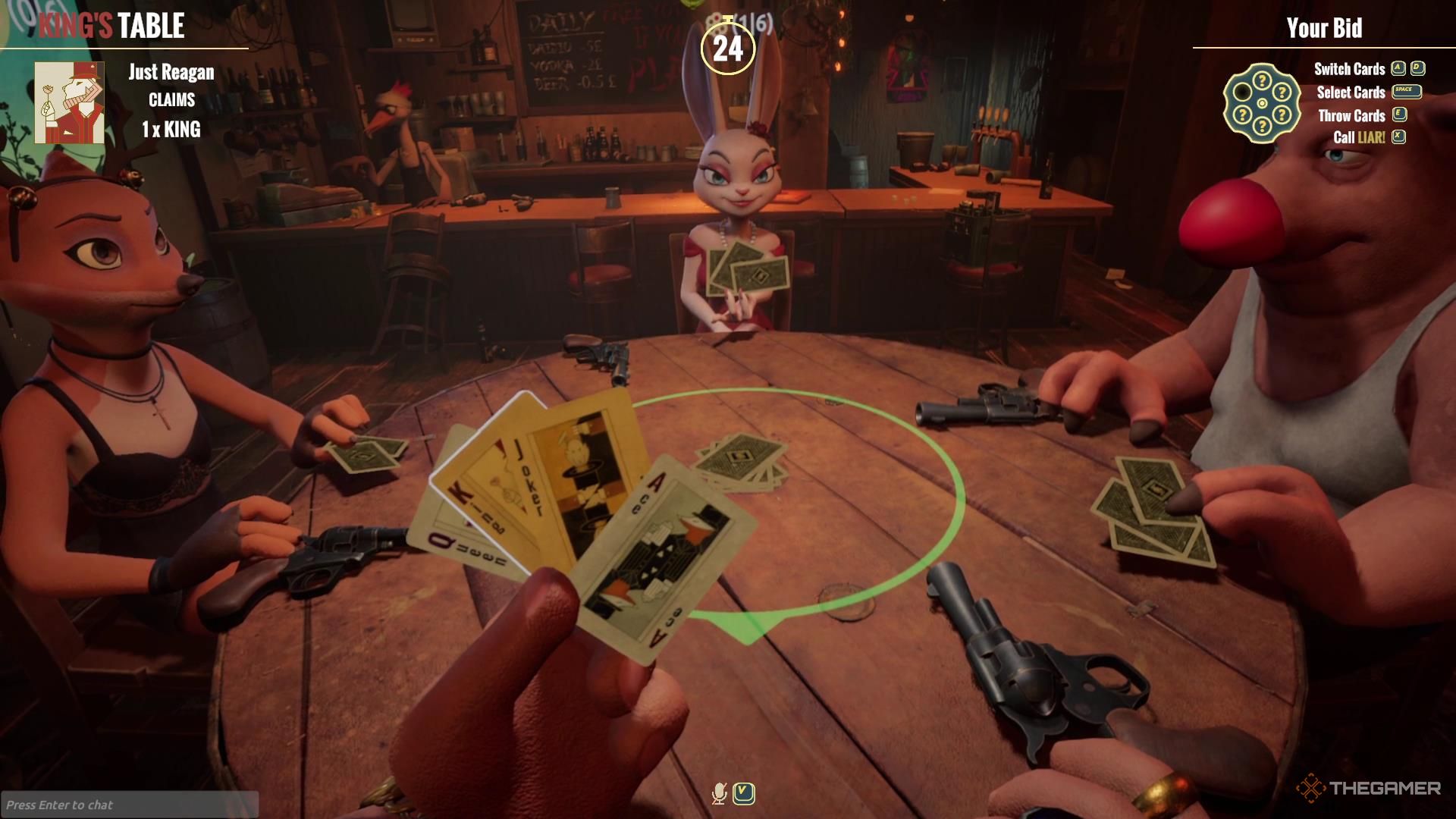

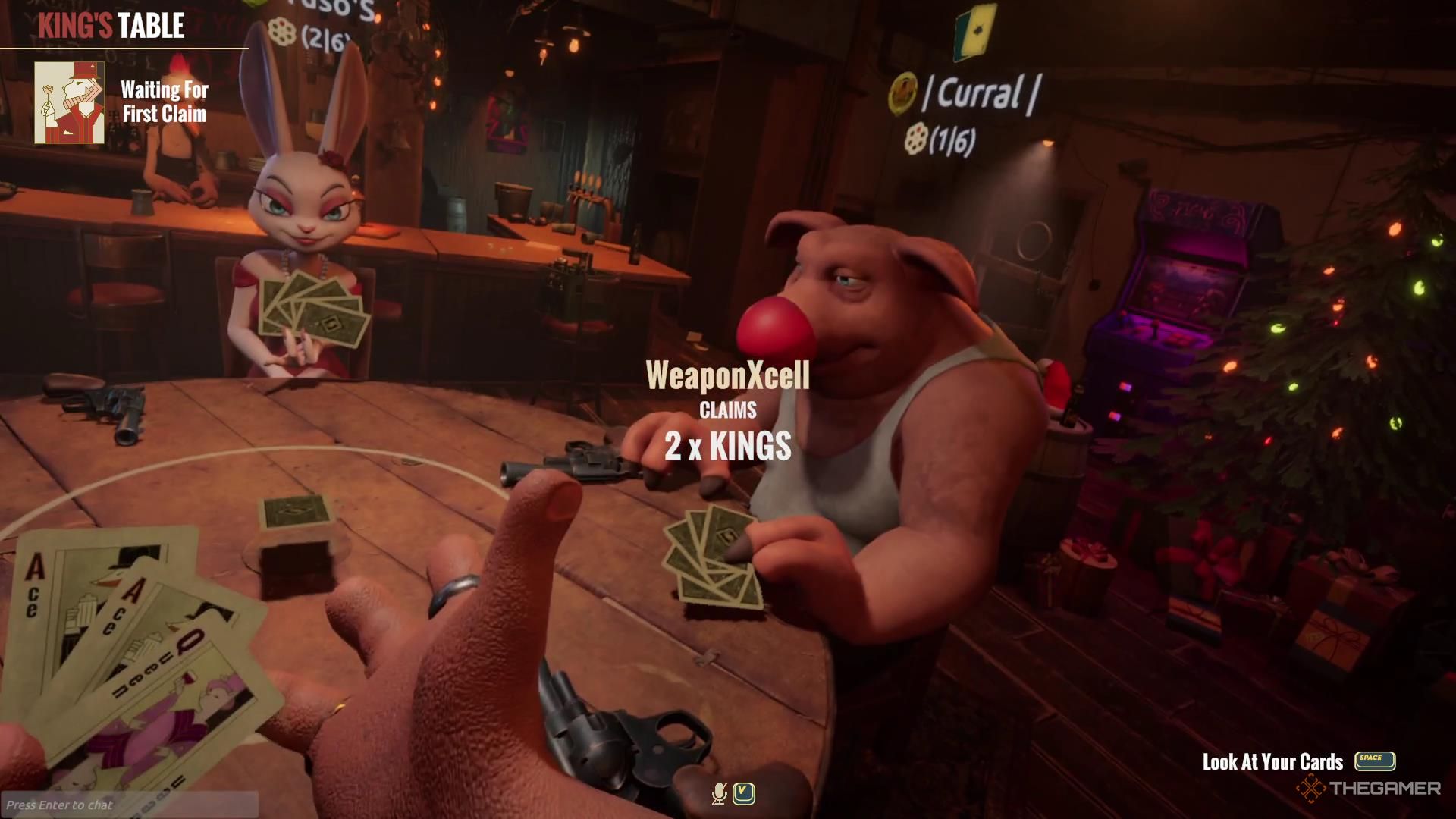
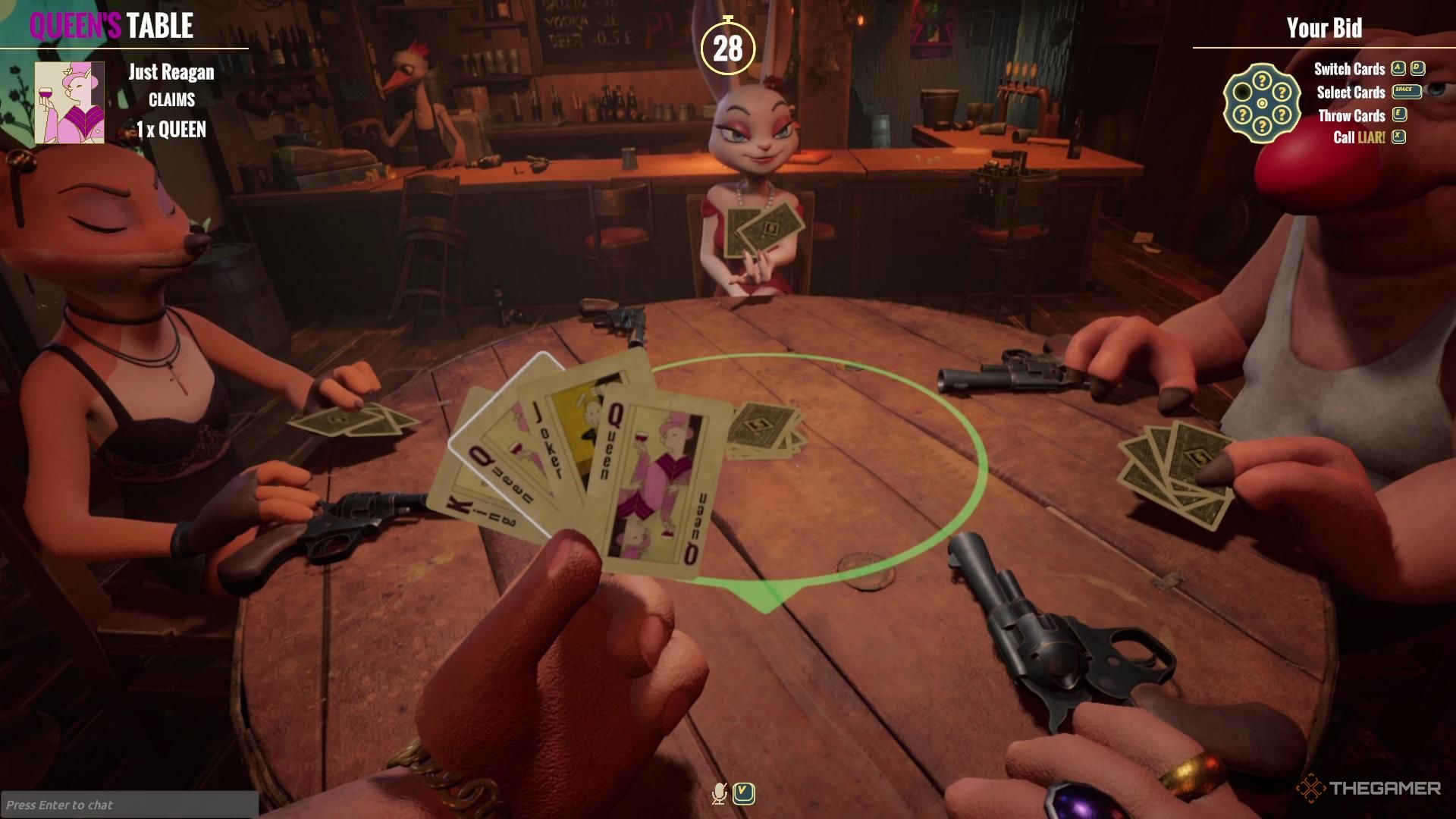


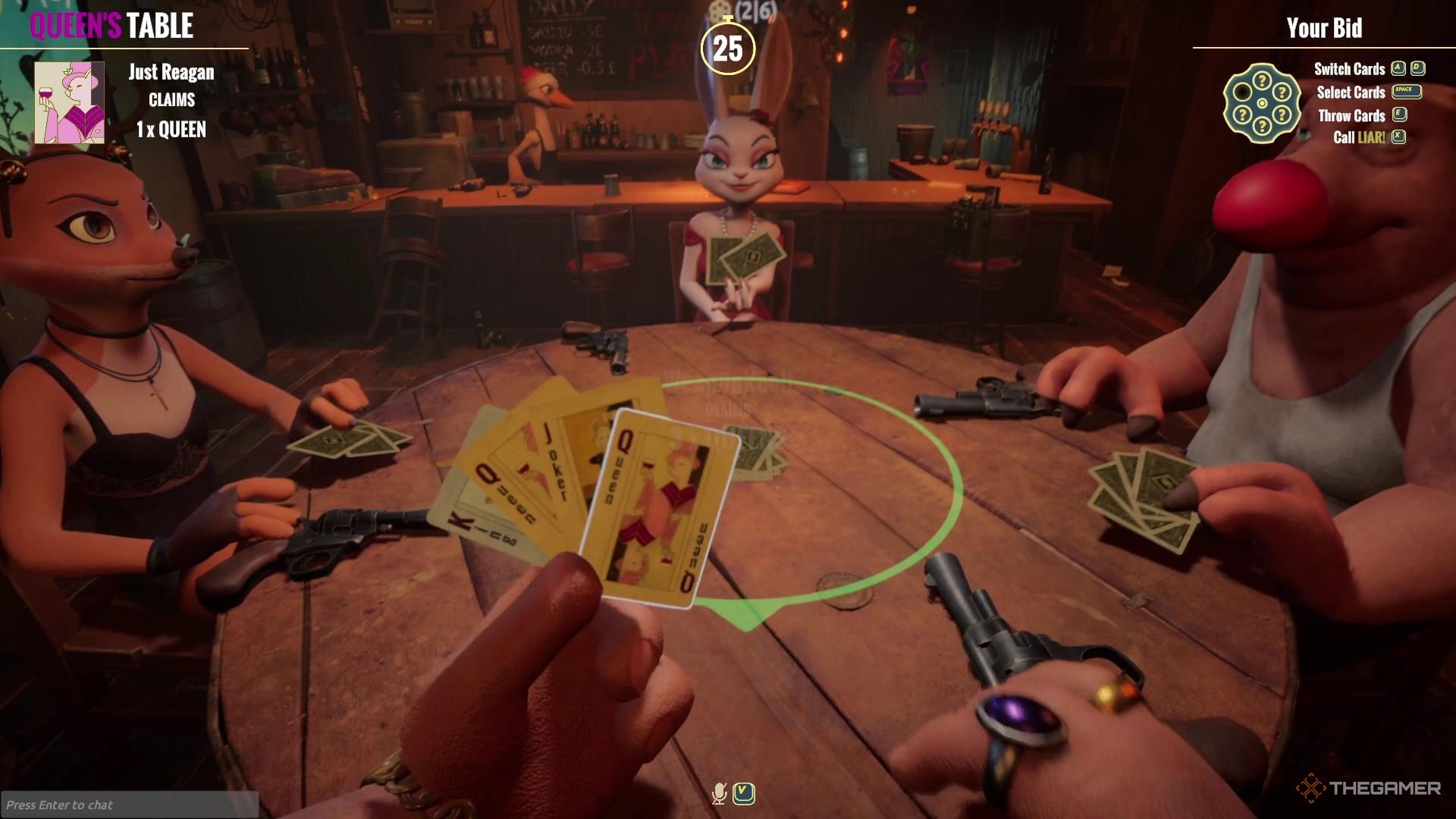











Leave a Reply